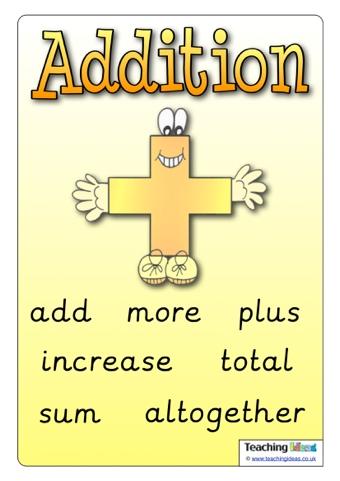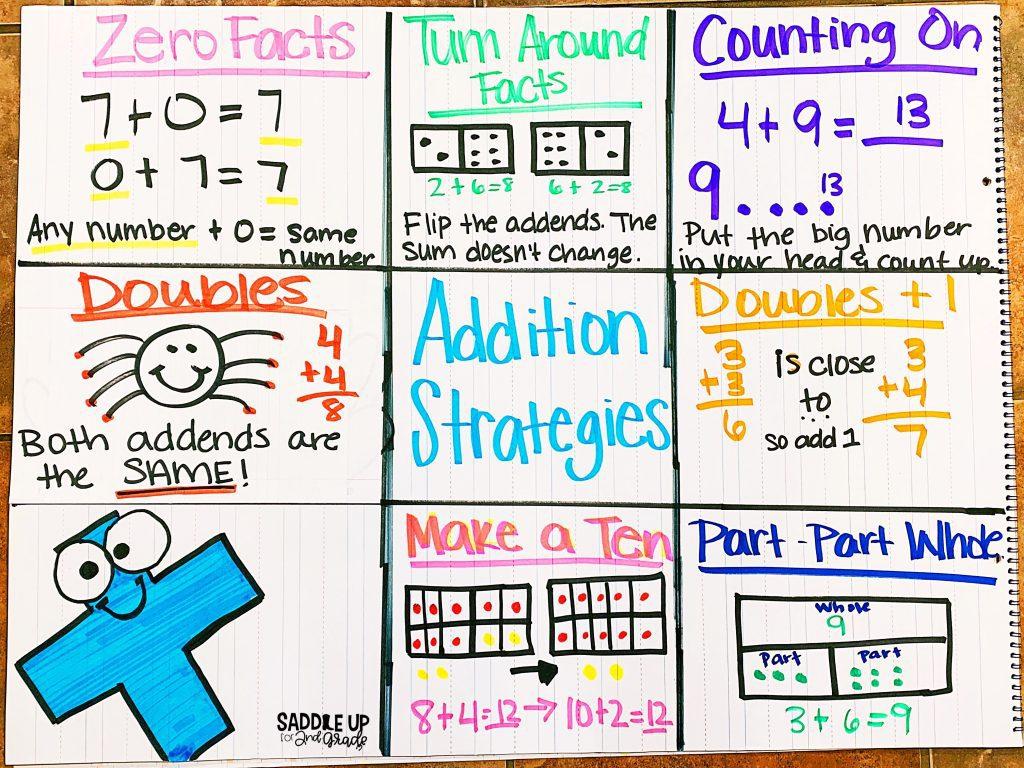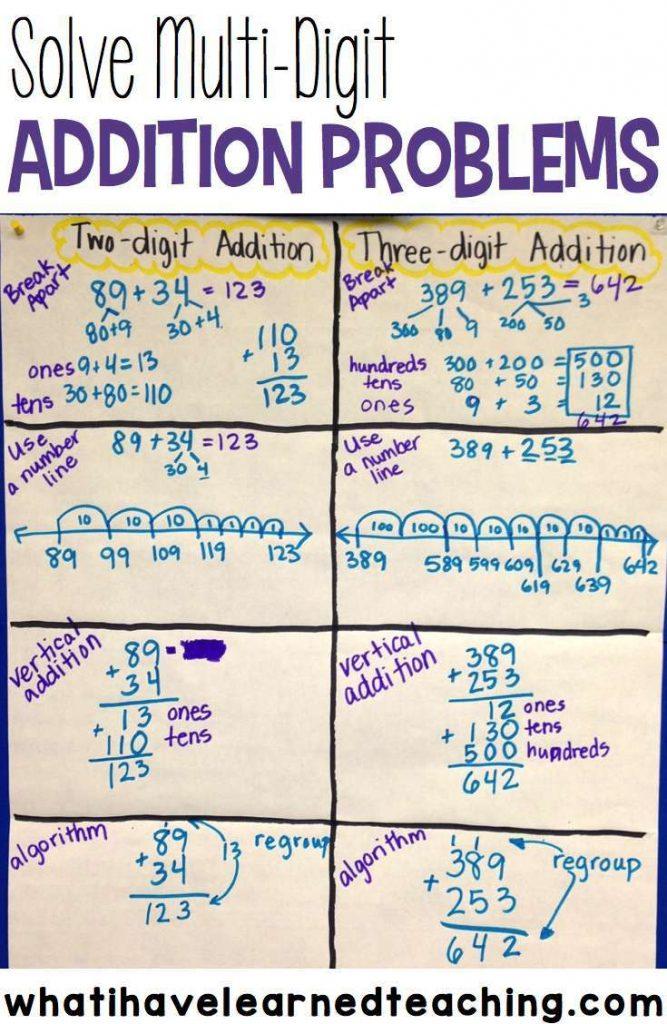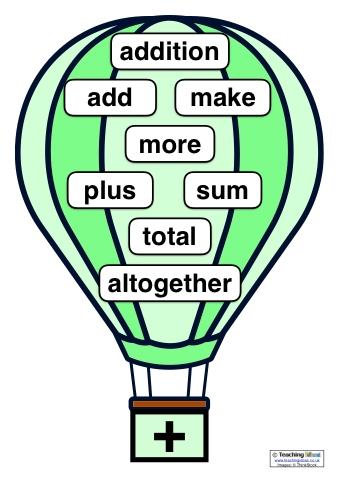Addition is one of the first math ideas kids learn after understanding basic numbers. Having mini anchor charts is helpful since addition is taught early, even before kindergarten. It’s important to teach it well because math skills grow from each other.
Without a solid foundation, students will lack the confidence in solving addition going forward. Fortunately, the basics of addition are pretty easy to demonstrate visually –in fact, it is essential. This is why math anchor charts and strategy posters are a teacher’s best friend. They are the perfect tool to visually demonstrate concepts to remind students at all times, making them feel more confident and self-reliant.
Of course, as the numbers become larger and more strategies are introduced, you will need a more detailed anchor chart. But if the basics are taught well, it is simply a natural progression.
Table of Contents
Advantages Of Teachers Utilizing Addition Anchor Charts
Addition anchor charts are a valuable visual tool for instructing addition concepts in the classroom. These math anchor charts help clarify and strengthen mathematical ideas, making it simpler for students to comprehend and retain or review addition and subtraction-related concepts. Here are some advantages of using addition anchor charts in the classroom:
- Demystifies Complex Ideas: Addition anchor charts can deconstruct intricate addition ideas into smaller, more digestible steps. By presenting information in a straightforward and succinct manner, anchor charts assist students in understanding and applying the principles of addition more efficiently.
- Accommodates Various Learning Styles: Anchor charts address different learning styles, as they present information visually, verbally, and through examples. This multi-faceted approach ensures that all students, regardless of their preferred learning style, can benefit from the information presented.
- Promotes Active Learning: Addition anchor charts serve as a continuous reference point for students during lessons, enabling them to actively engage with the material. Students can refer to the anchor charts throughout the learning process, reinforcing their comprehension of the concepts.
- Supports Independent Practice: Anchor charts offer students a framework to follow when independently working on addition problems. With a clear understanding of the steps involved, students can confidently tackle problems on their own, developing their self-reliance and problem-solving skills.
- Encourages Classroom Discussion: Addition anchor charts can stimulate class discussions and foster peer learning. Students can reference the charts during group activities or when explaining their thought processes, encouraging communication and collaboration among classmates.
- Acts as a Teaching Aid: For teachers, addition anchor charts can serve as a helpful teaching aid, assisting them in explaining complex concepts more effectively. Furthermore, math anchor charts can save time by providing a quick reference for students, reducing the need for constant repetition of instructions.
- Boosts Retention and Recall: The visual nature of anchor charts aids in memory retention and recall. Students are more likely to remember concepts when they can visualize the steps and processes, making it easier for them to apply their knowledge in future lessons or evaluations.
In conclusion, incorporating addition anchor charts into the classroom offers numerous advantages for both teachers and students. These visual aids can demystify complex ideas, accommodate various learning styles, promote active learning, support independent practice, encourage classroom discussion, act as a teaching aid, and boost student confidence, retention and recall. By leveraging these advantages, educators can create a more engaging and effective learning environment for their students.
Elements of a good addition anchor chart
An anchor chart is a visual representation of a concept, or procedure students can refer to as they learn. Their advantages go beyond merely hanging a poster in your classroom. All students learn differently, and using your chart paper as a working document can benefit various learning styles.
Obviously, visual learners will help, but kinesthetic learners will also benefit if you use your anchor chart as an interactive anchor chart. Students can participate in creating interactive math anchor charts, which allows them to understand the why interactive anchor charts are better and makes them more likely to reference them. So, what separates a good anchor chart from the rest?
Staying focused
This is especially important when it comes to such a fundamental concept. You don’t want to overwhelm the students with too much information at once. If you want your anchor charts to teach the vocabulary related to addition, stick to it. If you’re going to show math instruction, then focus on that. But if you cram everything onto one chart, it will be overwhelming. Of course, you can have a summary anchor chart over and above your specific concepts, but avoid using that as your only go-to.
Vivid visuals and large fonts
Make sure your anchor chart is easy to see and read from the furthest point in the classroom. Tiny fonts and puny pictures will leave students frustrated. Instead, your anchor chart should be placed where it is easily accessible. You can use color coding to highlight terms and concepts that work together.
Use manipulatives
Let students work with physical objects before transferring the information to your anchor chart. For example, blocks can be used to learn addition and physically represent what students are learning so they develop a better understanding.
Use context
Instead of teaching concepts using only abstract numbers, use real-life examples when possible. For example, use numbers or words your students are already familiar with, like numbers in sports, measurements, or amounts of money.
Use Sticky Notes
Sticky notes are crucial if you want students to interact with an anchor chart. Students write information or draw pictures on the notes and then add them to the chart. There are countless possibilities. Simply remove the sticky notes once the anchor chart has been taken down, and they can be used again next year.
Different ways to use addition anchor charts
Addition Vocabulary Poster From Teaching Ideas
When introducing the concept of addition, keep it very simple, and display the vocabulary associated with adding.
Teach Strategies For Addition
Addition Strategies from Saddle Up For 2nd Grade
Once you have covered the basics, show addition strategies and let students use the one that works for them. Just ensure they fully understand the concept first.
The same applies to multi-digit addition From The Tutoring Center, Greenville
Offer your students a variety of place-value strategies to explore. Not only will this help them discover which method works best for them, but it will also facilitate a deeper understanding of the concept of addition.
Teach bonds/facts From Livin’ In A Van
The mental pictures formed by number bonds are crucial for your student’s mental math. Understanding addition number bonds makes it much simpler for them to comprehend addition and subtraction strategies.
Show the relationship between addition and subtraction from We Are Teachers
These concepts go hand in hand and shouldn’t be taught as entirely separate concepts. Familiarise students with their relationship from the beginning, even if it is subtle.
Addition resources from Teach Simple
Addition and Subtraction Anchor charts By Teachers R Us Homeschool



This resource provides everything you need to develop this math anchor chart with your students.
Math Anchor Charts By Rathgeber Resources


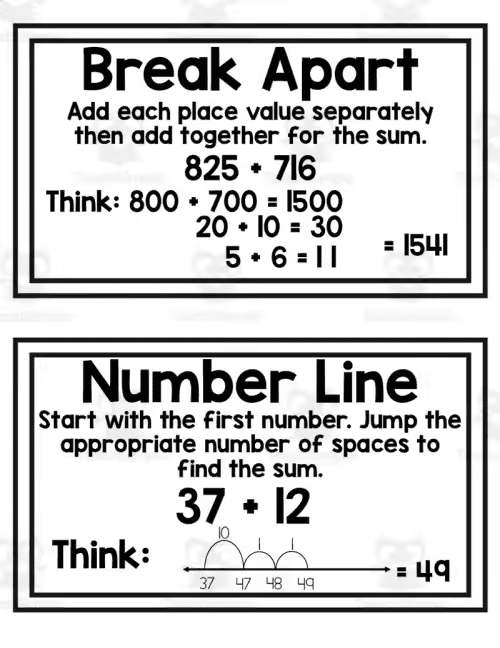
These cards instruct young learners on solving addition and subtraction through techniques such as counting on, employing a number line, utilizing algorithms, and many other methods.
Printable Math Game: Addition to the thousands By


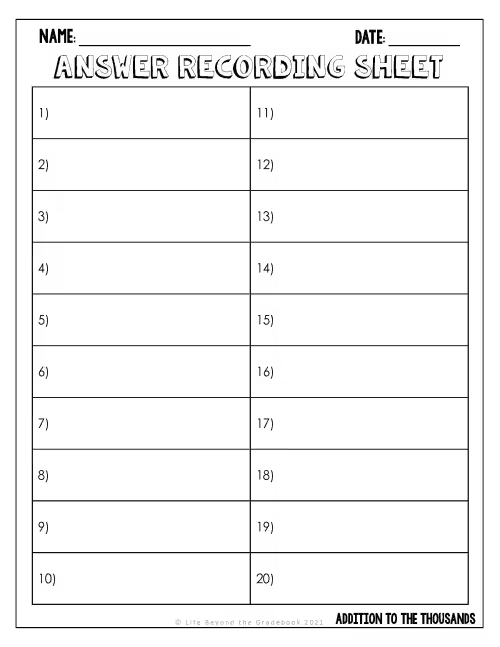
This interactive math game includes sheets for your students to record their answers, an answer key, and 40 math problems to print out for them to work on!
1 Digit Addition Tic Tac Toe Math Classroom Game in Owl Theme By Crafty with Calani


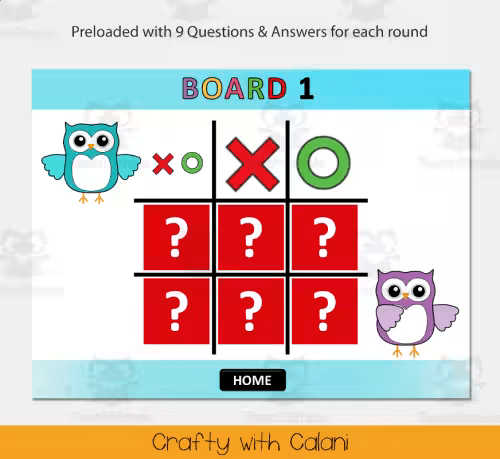
Want to turn learning math into an exciting activity? Use these Tic Tac Toe PowerPoint games to do just that!
Other addition resources
2 Digit Addition Anchor Chart By Natalie’s Nook
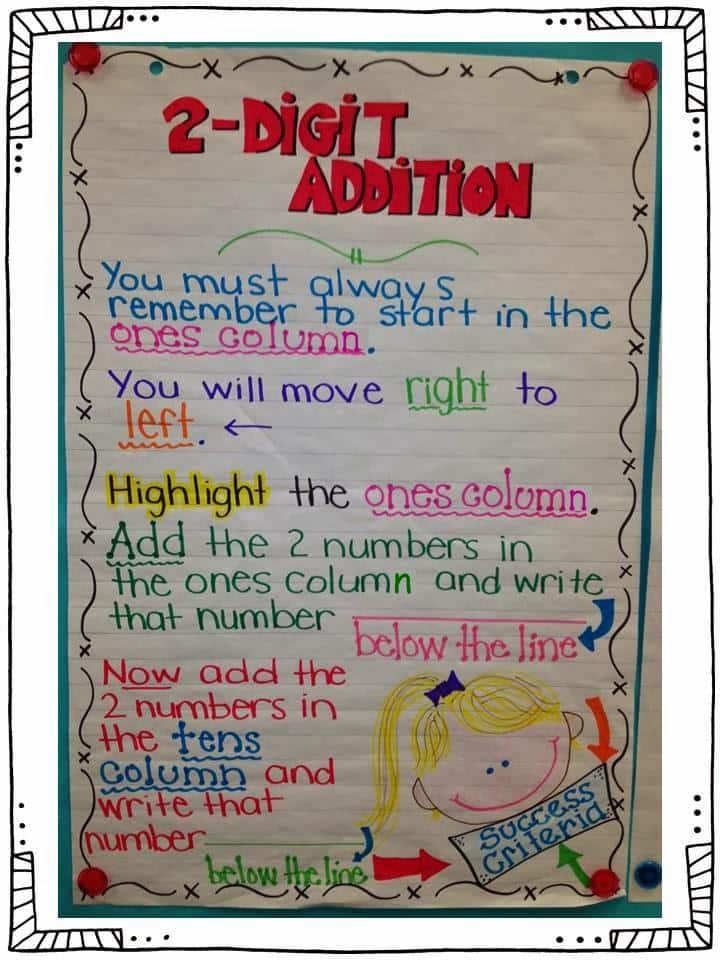


This premade anchor chart is the perfect resource to introduce 2 digit addition and subtraction problems with regrouping to your second grade math students.
Addition Tables Charts From Teacher Created
Just like multiplication tables should always be available, an addition tables chart is a must-have.
Addition Pocket Chart From This Reading Mama

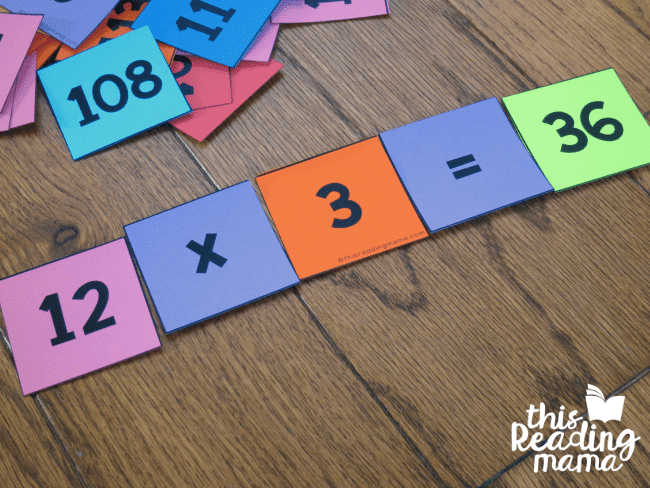
This addition pocket chart helps students practice basic addition problems with sums to 10. In addition, this set comes with 48 pocket chart addition problems and answers for your students to solve and match.
Vocabulary posters From Teaching Ideas
A clear, simple vocabulary poster is a classroom essential.
All-in-one strategy pack for early adders From We Heart Teaching
This addition strategies unit includes everything you need to create a solid foundation for your students.
There are a lot of resources available to help you build your addition anchor chart, as well as support your students struggling to remember your lessons. Some activities are ideal for monitoring your student’s progress after you’re done. There are so many approaches that your students won’t even realize they are doing the same concept repeatedly. Some are free, some are paid, but all of them will inspire your student confidence in solving for you.

